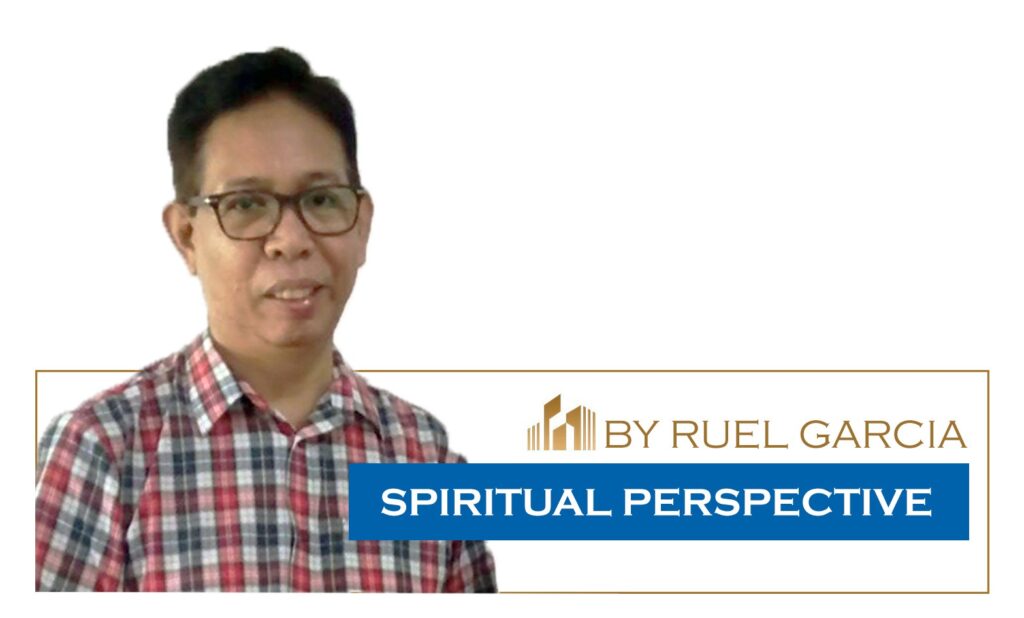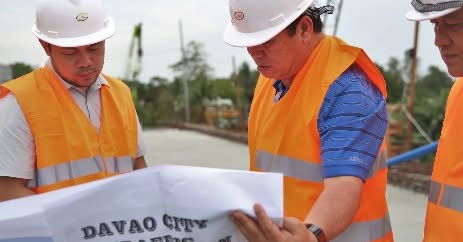Legal scholars now have their job cut out for them: They should start combing through the argument raised by the Sandiganbayan’s Second Division dismissing two civil cases at the very heart of the bureaucrat-capitalist culture that legitimizes the plunder of public funds.
With the dismissals, the late dictator Ferdinand Marcos Sr., former First Lady Imelda Marcos, Chief Presidential Legal Counsel Juan Ponce Enrile, and the late tycoon Eduardo “Danding” Cojuangco Jr., all charged with amassing wealth stolen from the national treasury, will now be cleared of any culpability for the private appropriation of the proceeds of the coco levy fund to which millions of small coconut contributed billions of pesos. According to the Commission on Audit (COA), the fund was worth P111.3 billion as of May 28, 2022.
The Kilusang Magbubukid ng Pilipinas (KMU), the Makabayan Coalition and Bayan Muna, along with scores of organizations representing the families of small coconut farmers naturally denounced the dismissals as indicative of the undue influence exerted by the Marcos Jr. administration on the Sandiganbayan, which has already fired off about a dozen decisions that have favored the Marcoses and their cronies. his case is unique since the courts declared the coco levy fund as “invested with the public interest,” to which all those who contributed are entitled to shares of the proceeds.
The money contributed belonged to the farmers even if the martial law edict compelled them to pay up. However, the proceeds eventually went into the purchase of 72.2% of First United Bank (FUB), which eventually became the United Coconut Planters Bank (UCPB) in 1975. UCPB has been gobbled up by the Land Bank of the Philippines (Land Bank).
Civil Case No. 0033-A involves this illegal diversion of the coco levy funds to purchase FUB and reestablish it as UCPB, with the late Eduardo “Danding” Cojuangco Jr. using its resources to expand his agribusiness empire, cornering a huge chunk of Negros Occidental with his 11 contiguous hacienda. Cojuangco eventually took over the 10,821-hectare Bugsuk Island in Palawan for his ambitious to produce imported fast-growing hybrid coconut seedlings that he forgot were developed in Mindanao.
On the other hand, Civil Case No. 0033-F covered the use of coco levy funds to eat up the stake of the Andres Soriano Group in San Miguel Corp. (SMC), ending the control of Spanish mestizos in the food and beverage conglomerate and controlling San Miguel Hong Kong and SMC operations in Spain and the rest of Europe. Civil Case No. 0033-A showed indubitably that the coco levy proceeds came from poor coconut farmers even as Cojuangco lawyers argued vainly that the tycoon “purchased” the certificates held by the farmers, thus transferring their shares to Cojuangco. It is fairly easy to deduce that it was an unequal deal akin to one signed under duress.
The greater shame in this ugly judicial episode is that the state compelled SMC to return the proceeds of the levy to the coconut farmers, conservatively estimated in 2022 to be P75 billion, but then President Rodrigo Duterte issued an executive order that he thought could be implemented to “revive” and “modernize” the coconut industry.
Four weeks before leaving his post, Duterte signed Executive Order (EO) No. 172, or the Coconut Farmers and Industry Development Plan (CFIDP.) It is akin to the plan crafted by the administration of the late President Benigno “Noynoy” Aquino III. The small coconut farmers were left with nothing in their pockets. Change was coming and the farmers were scammed the second time around. CFIDP, which is to be reviewed annually, aims “to increase overall productivity and income of coconut farmers, alleviate poverty, and achieve the twin objectives of rehabilitating and modernizing the coconut industry to attain social equity.”
These are grand promises, and there was no guarantee that SMC and other affiliated companies would not dip their fingers into the CFIDP kitty, particularly the 2012 Supreme Court (SC) ruling which declared that the coco levy funds were invested with public interest, which is not equivalent to declaring it ipso facto public funds. The state compelled the establishment of the levy but it does own the proceeds of the levy since it has been established that the state did not contribute a single red cent to the fund. If that is not an injustice, we do not know what is.




